RARE! WWII "Shuri Ridge" Battle of Okinawa Battlefield Professionally Excavated KIA Japanese Soldier's Combat LATE WAR Bayonet*

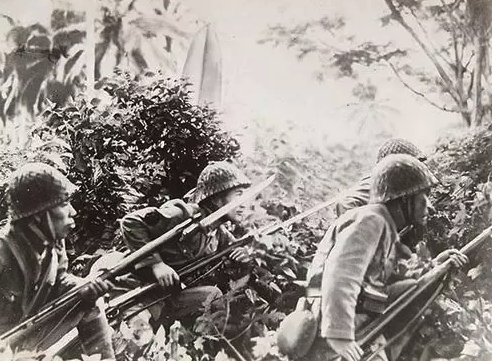
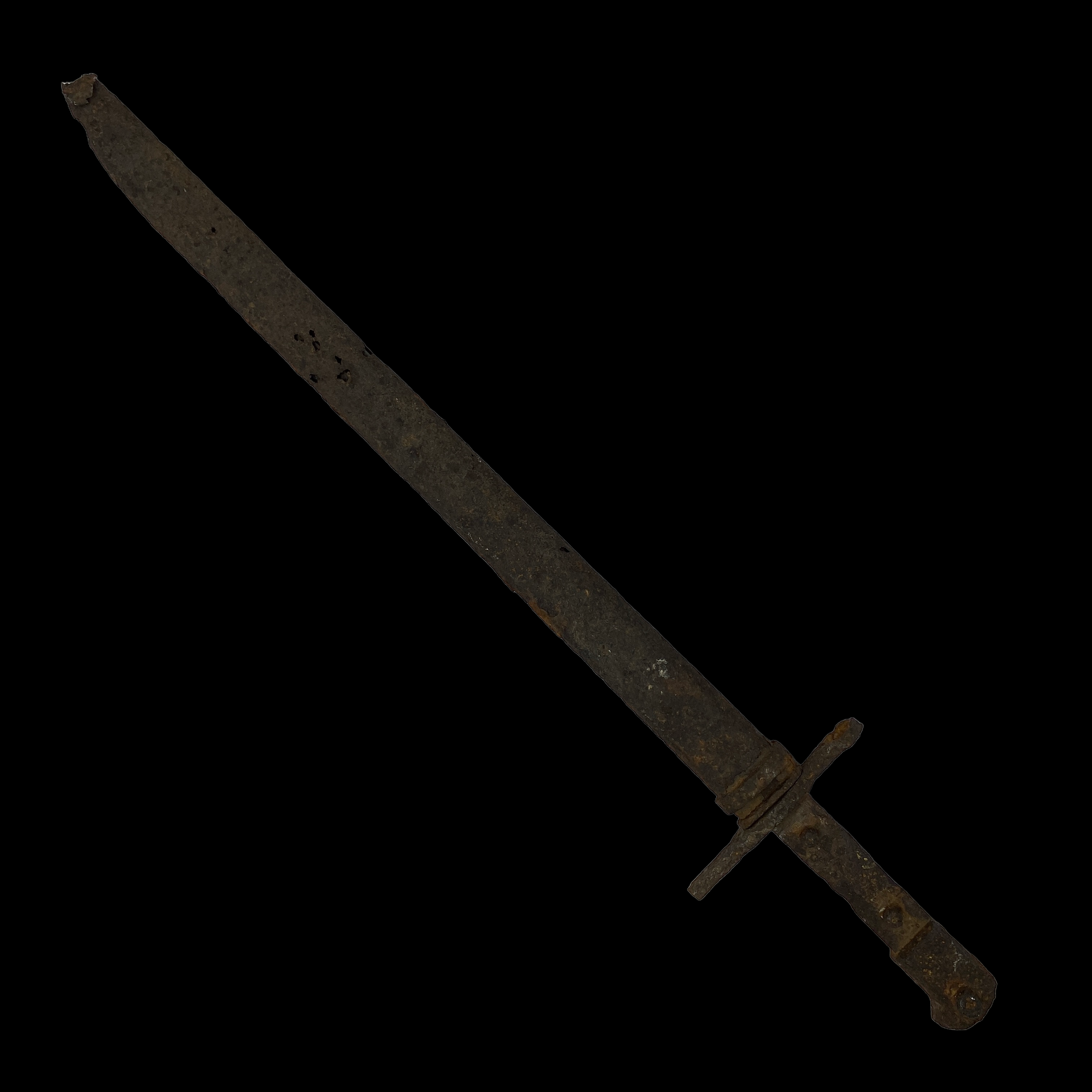

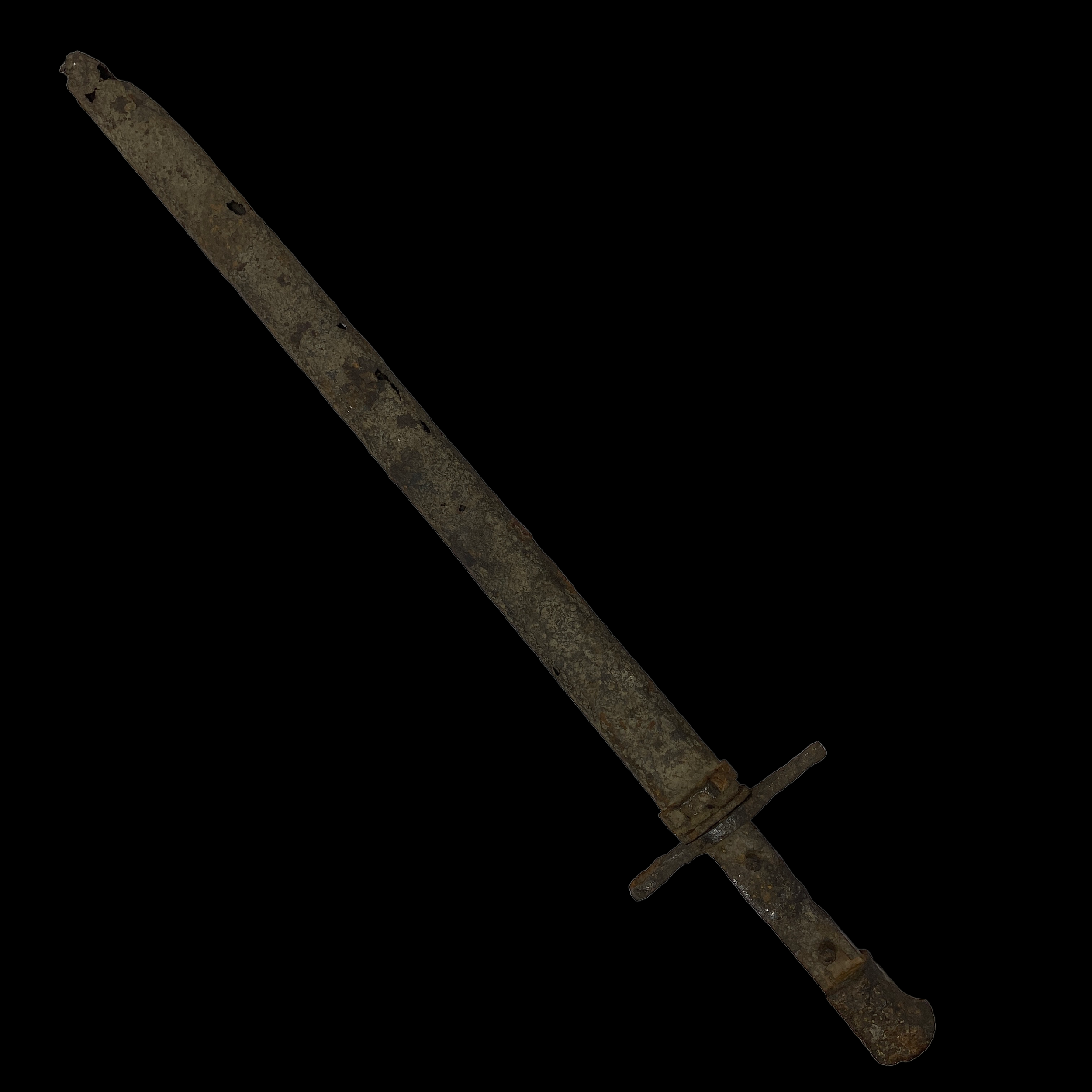
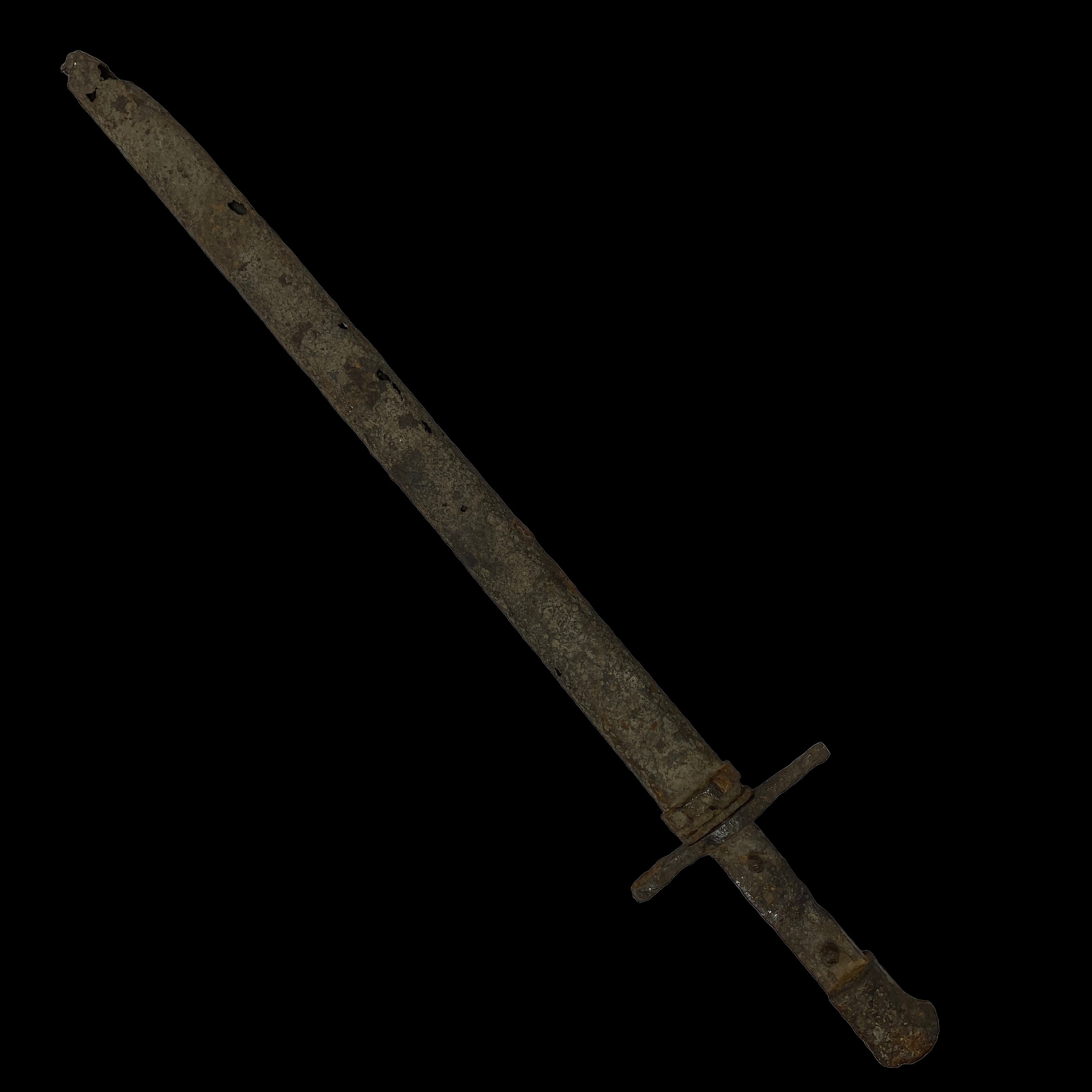

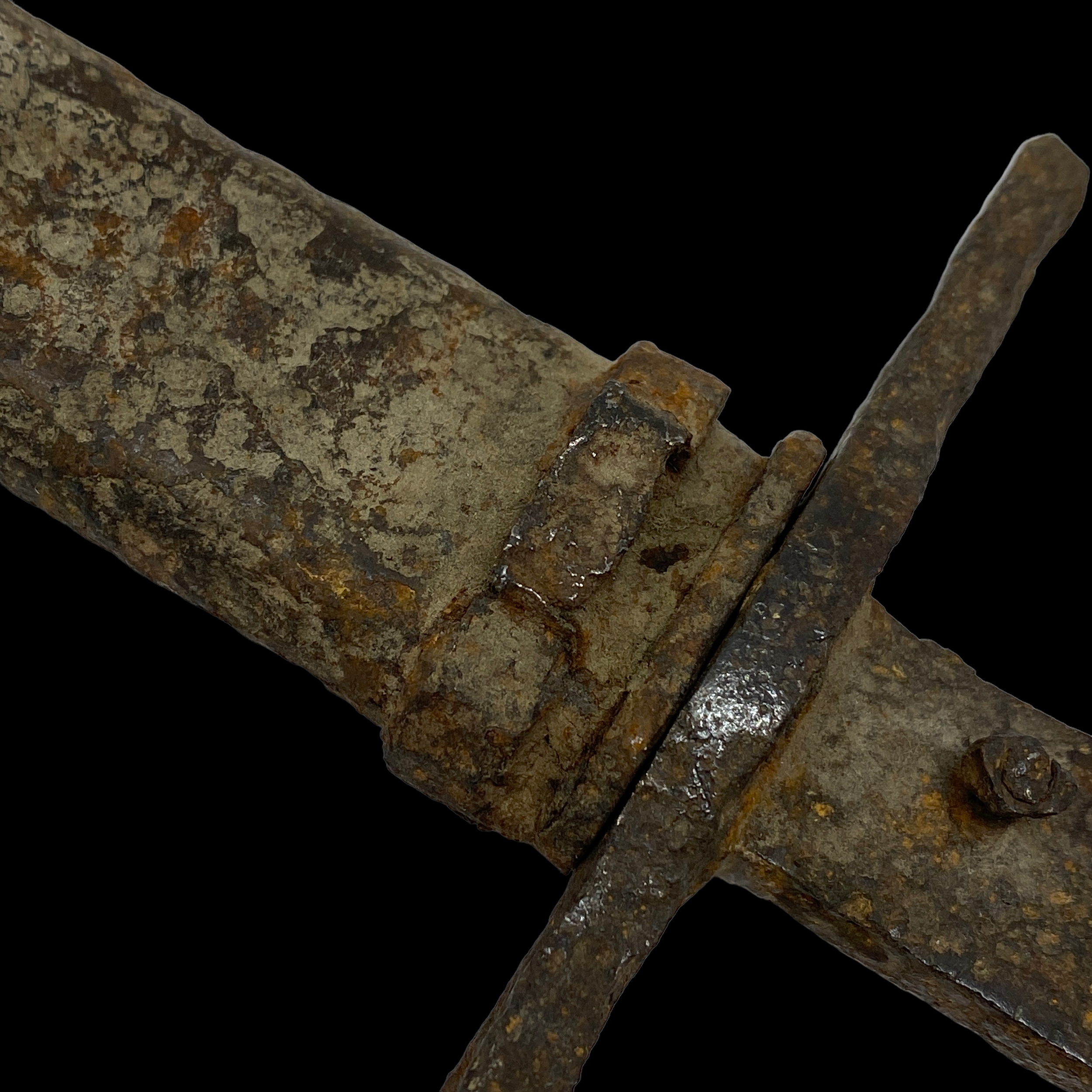
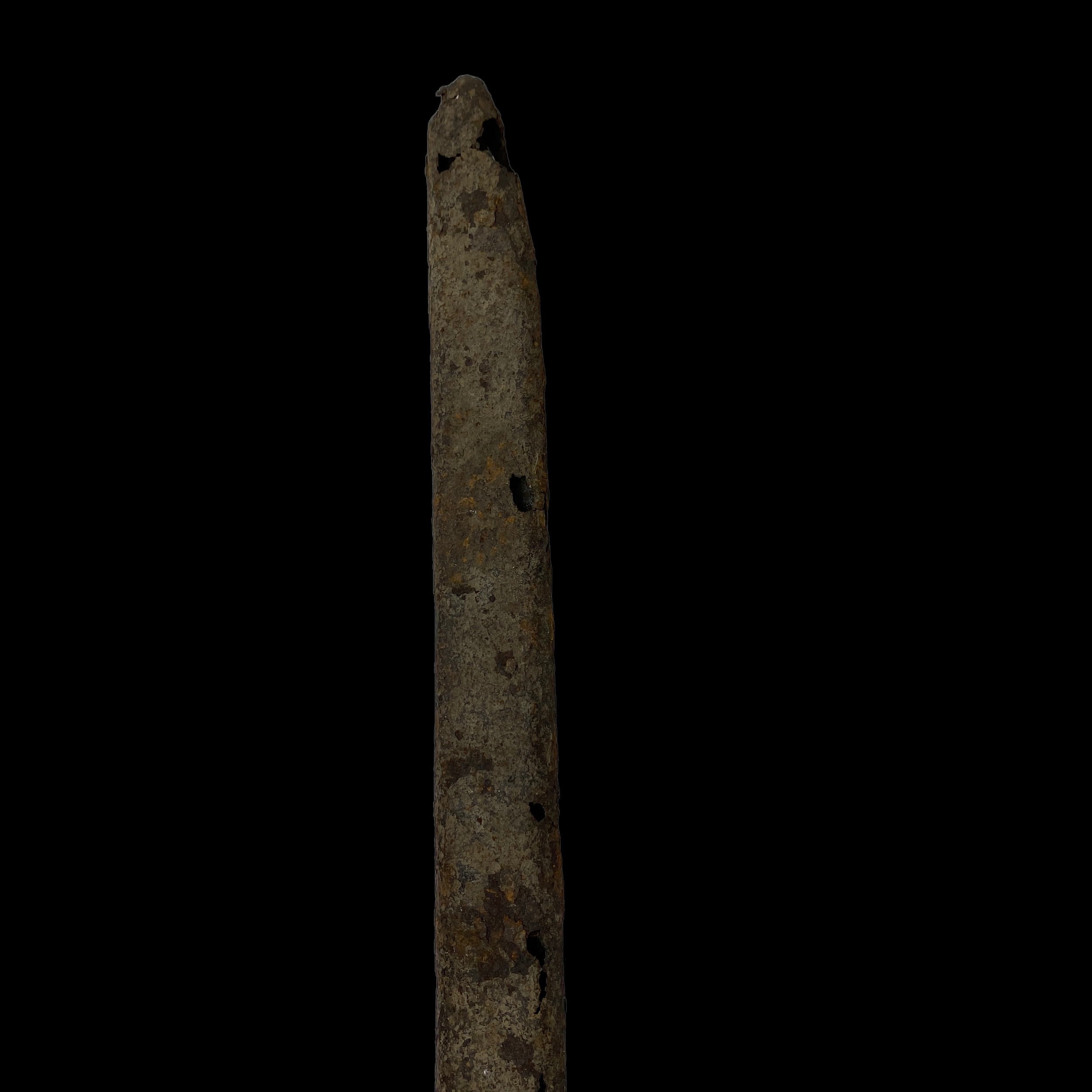
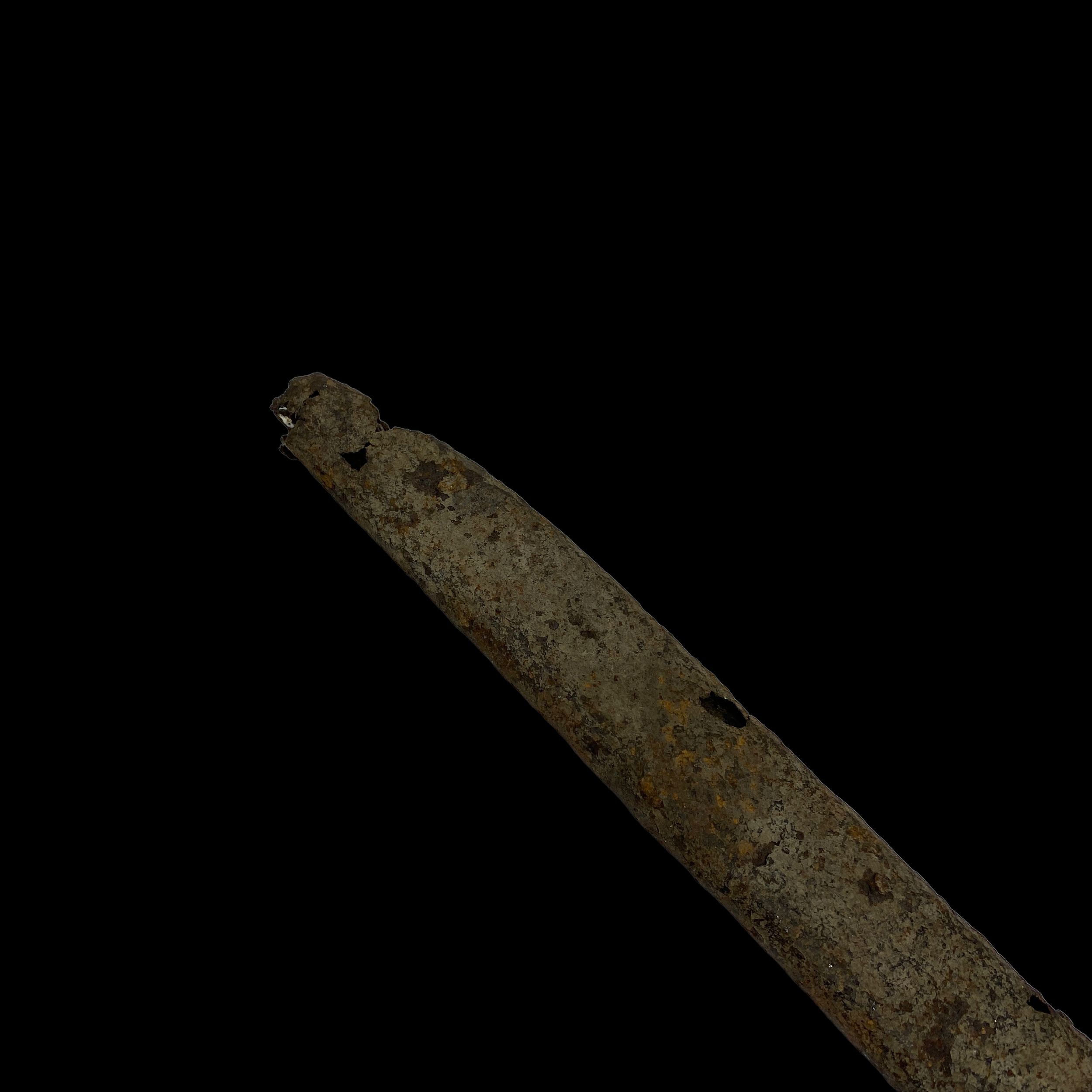

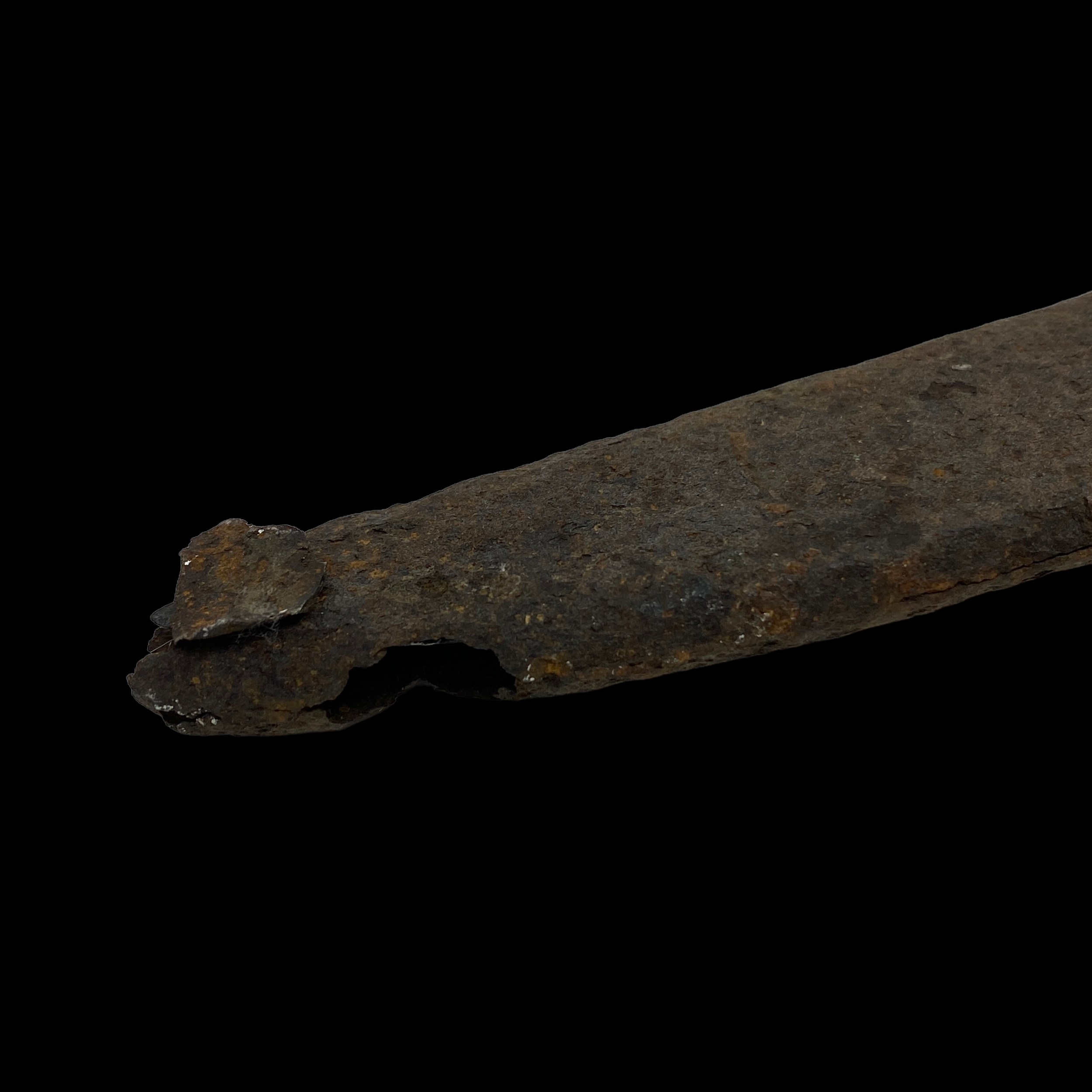



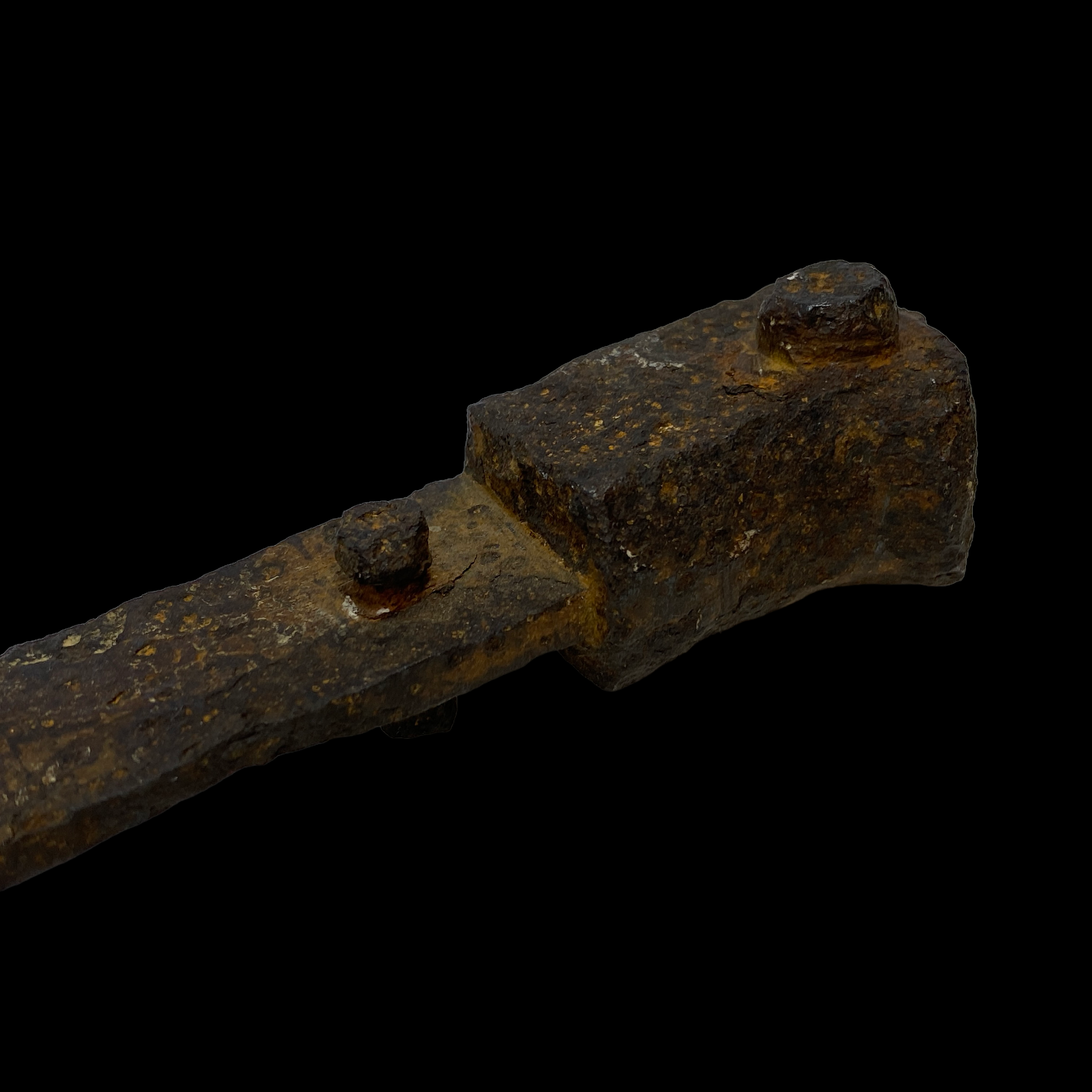



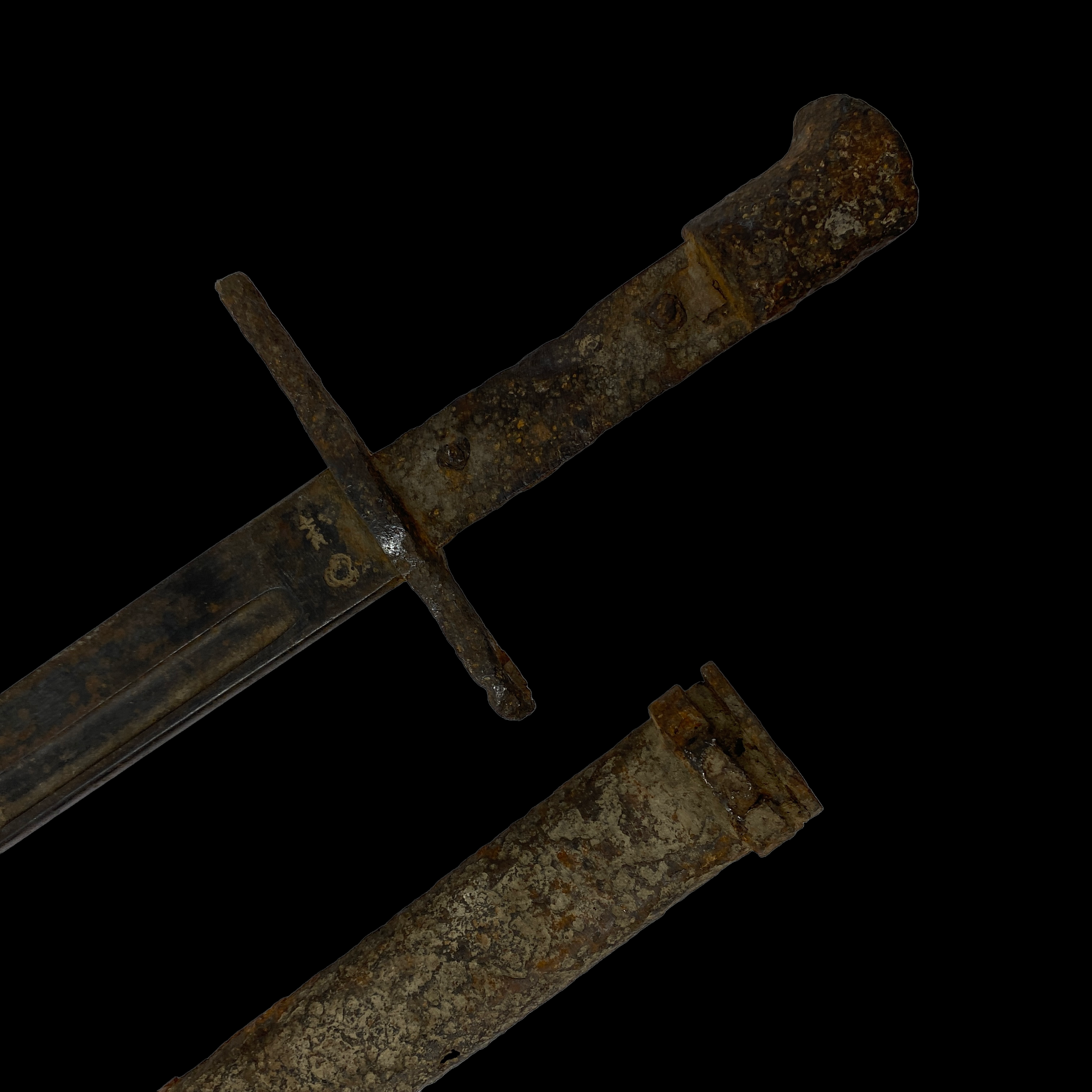
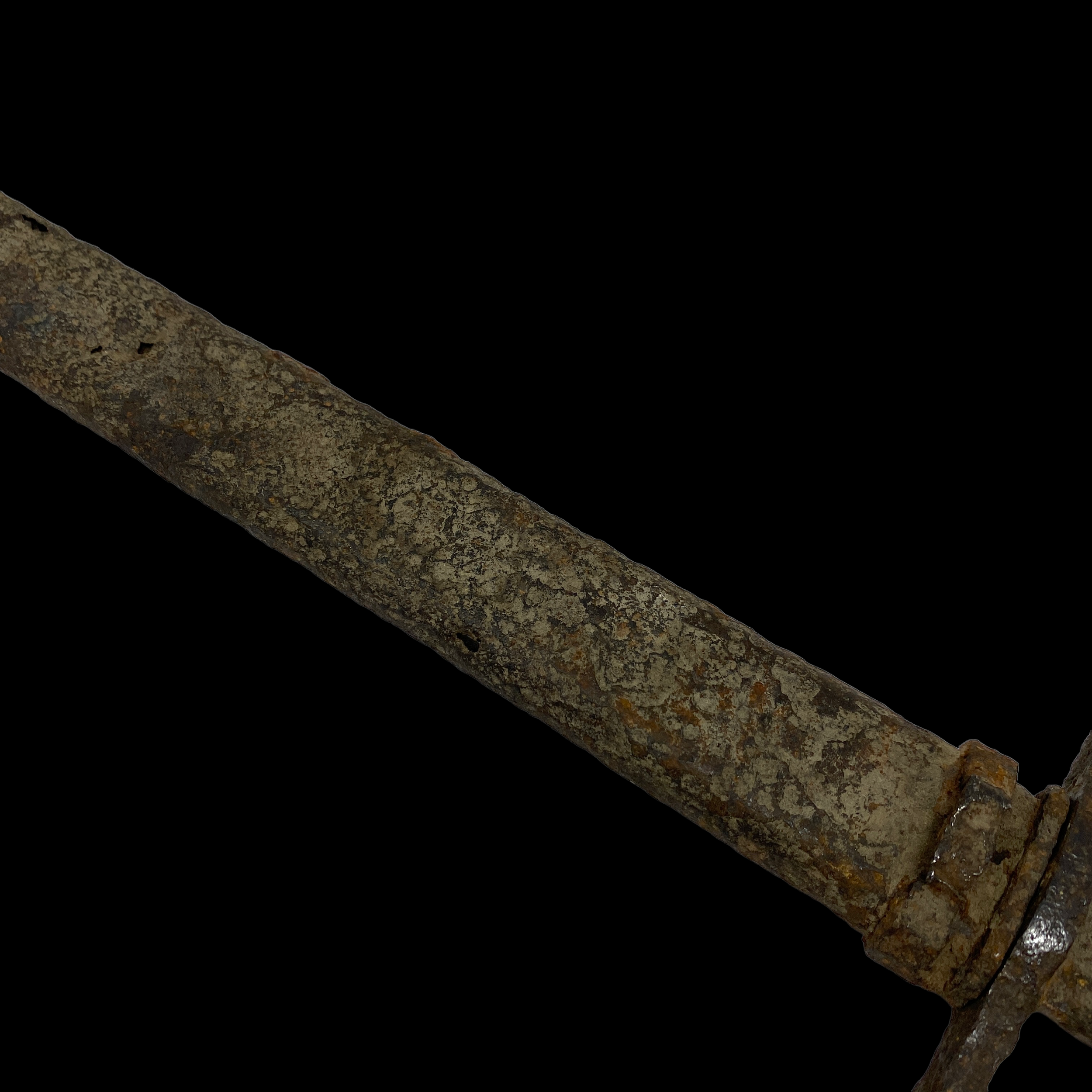


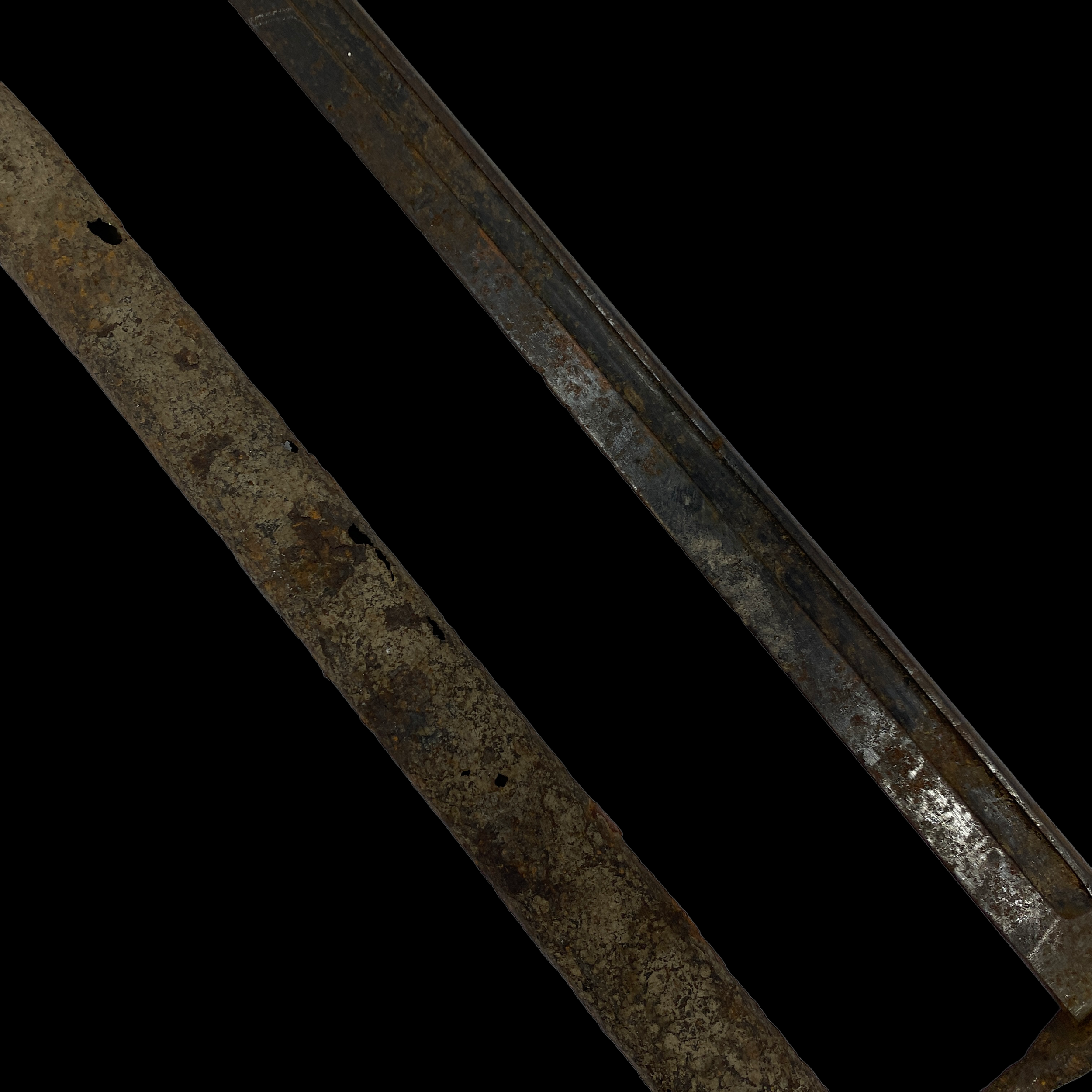
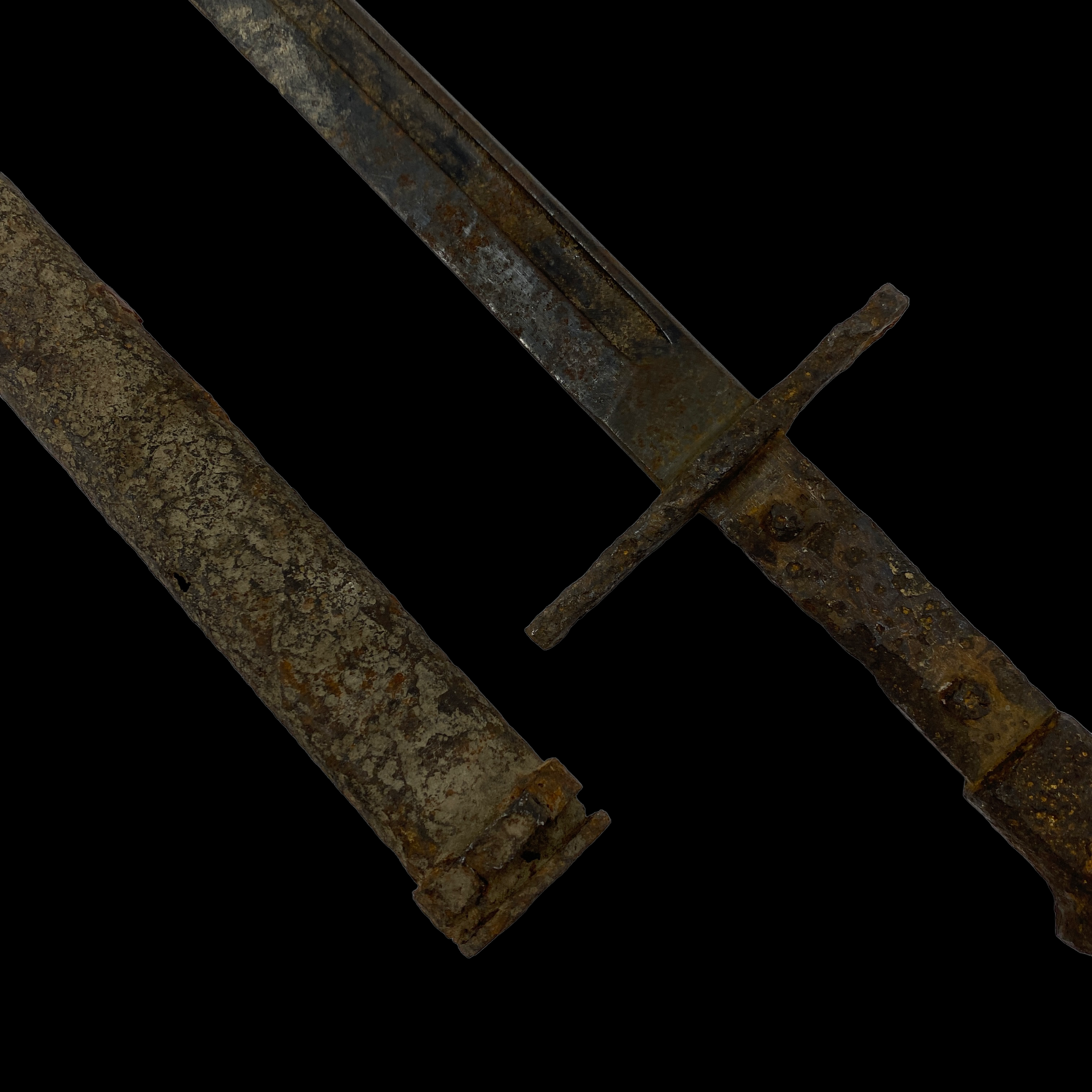
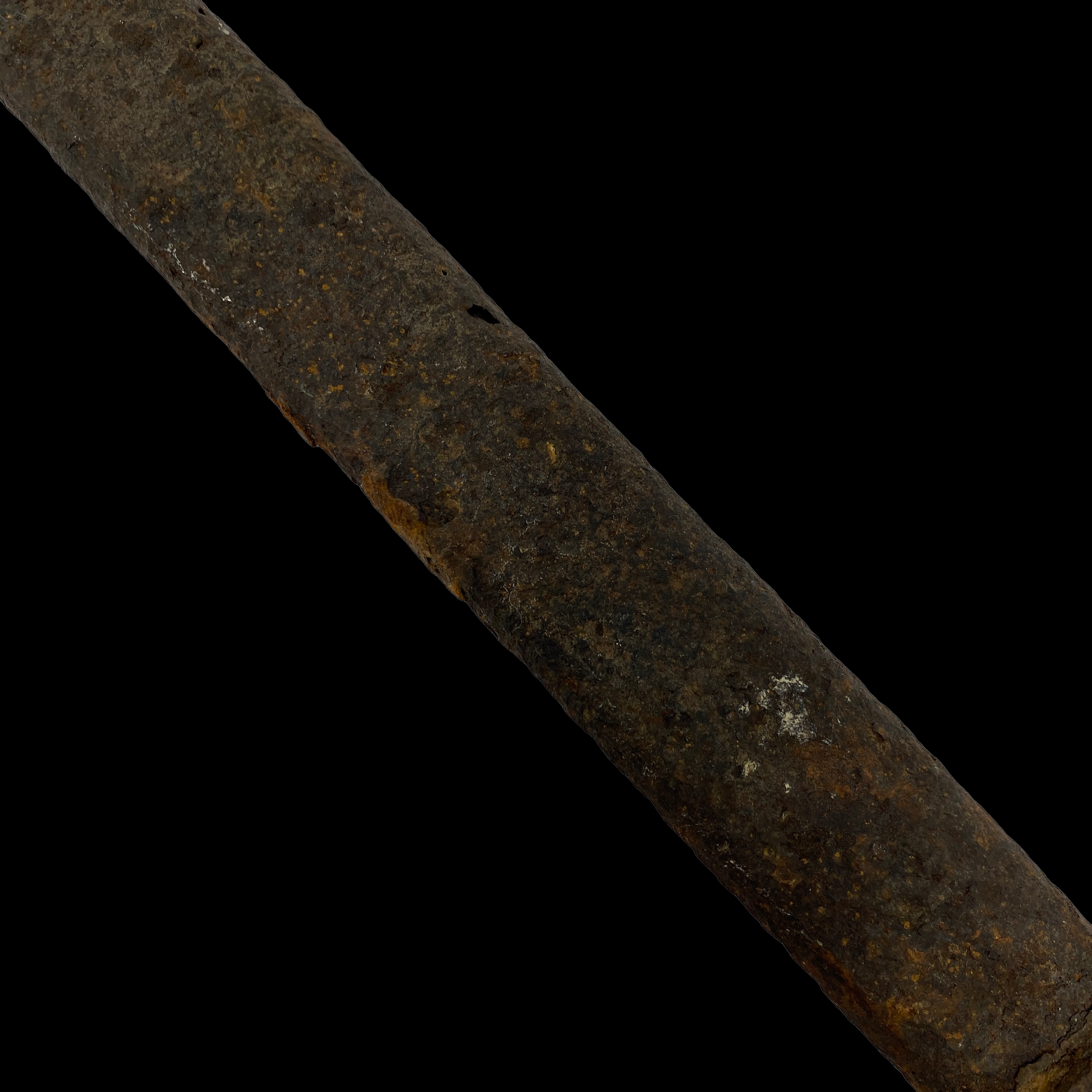
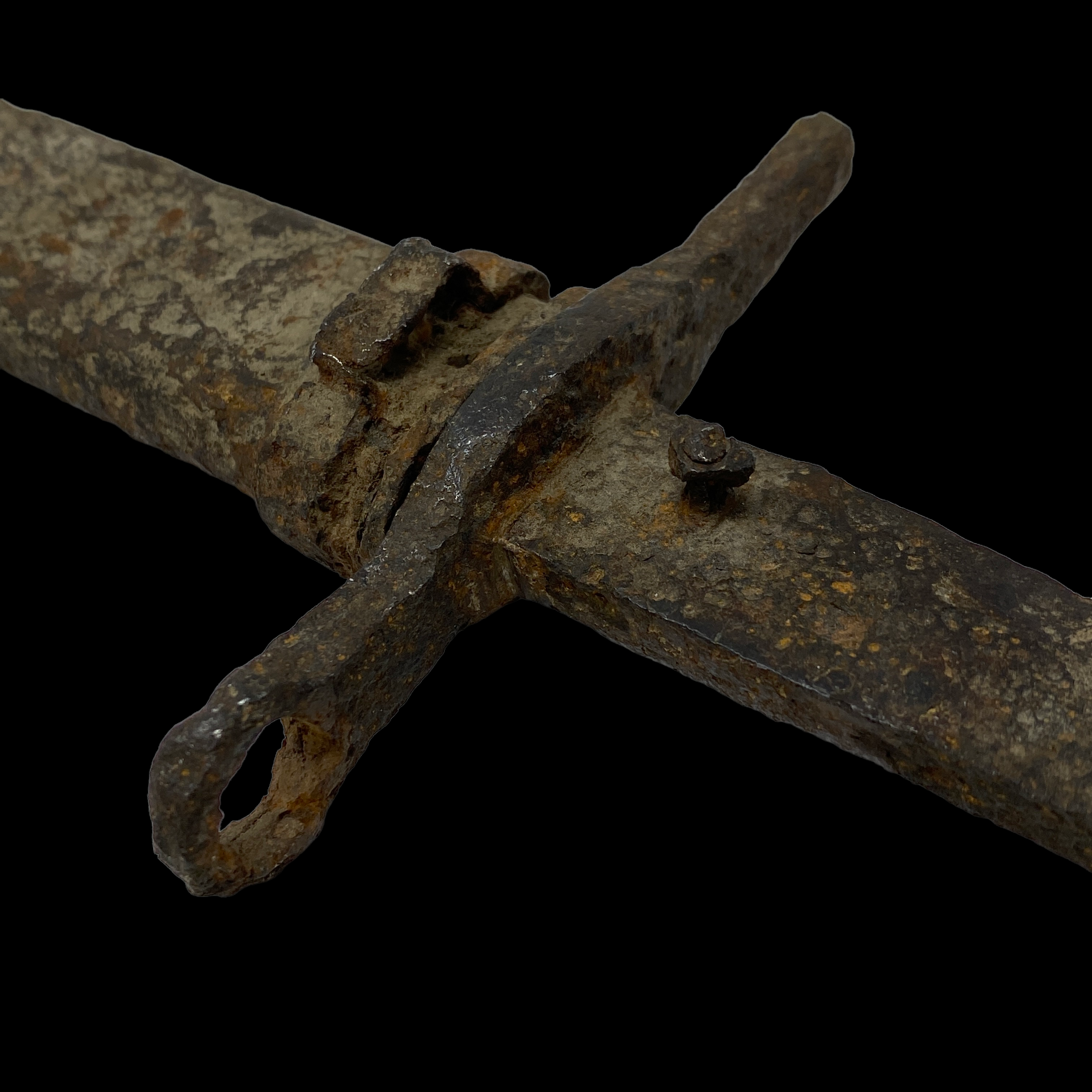



RARE! WWII "Shuri Ridge" Battle of Okinawa Battlefield Professionally Excavated KIA Japanese Soldier's Combat LATE WAR Bayonet*
Comes with C.O.A.
This incredibly rare and museum-grade World War II battlefield recovered Japanese bayonet was professionally excavated from Shuri Ridge, Okinawa. Recovered from the Shuri Defense Line this Japanese soldeir’s bayonet was a part of General Ushijima’s triangle of defensive positions as the defending Japanese soldiers that had been instructed not to fire on the American landing forces but instead watch and wait for them, mostly in Shuri, a rugged area of southern Okinawa.
For being buried on the battlefield for decades, this Japanese bayonet remains in remarkable “BEEN THROUGH HELL” condition. The original factory manufacturer markings on the Japanese bayonet are still visible. Overall the bayonet is in very sturdy condition and is still very sharp. This rare battlefield artifact serves as a reminder of the KIA Japanese soldier’s on Okinawa where about 110,000 Japanese soldiers lost their lives. It's estimated between 40,000 and 150,000 Okinawa citizens were also killed. The Battle of Okinawa is now considered one of the deadliest in all of human history.
It is rare to find Battlefield recovered Japanese bayonet from Okinawa (especially the Shuri Line) making this artefact incredibly rare and a wonderful rare addition to any WWII collection.
Shuri Ridge was a critical terrain feature located on the island of Okinawa, Japan, during the Second World War. The Battle of Okinawa was fought from April to June of 1945 between Allied forces, primarily consisting of American and Japanese troops. The Shuri Ridge played a pivotal role in the outcome of this battle, which was one of the most significant and bloodiest confrontations in the Pacific theater of the war.
The Shuri Ridge was strategically important because it provided a natural barrier that protected the city of Shuri, which was the capital of the Okinawa Prefecture. The ridge was made up of steep hills and deep ravines, covered in dense jungle foliage. The Japanese military recognized the importance of the ridge and fortified the area with an intricate network of bunkers, tunnels, and underground caves. The fortified complex was named the Shuri Castle, and it served as the headquarters for the Japanese army during the battle.
The American military recognized the strategic importance of the Shuri Ridge and made several attempts to capture it. The first major assault on the ridge began on April 19, 1945, and continued for several weeks. The fighting was intense, with both sides suffering heavy casualties. The Japanese army had a significant advantage in their ability to move and fight from underground bunkers and tunnels, which provided them with excellent cover and protection.
The American military used a combination of air power, artillery, and infantry assaults to try and dislodge the Japanese army from the Shuri Ridge. They also employed tactics such as flamethrowers and grenades to try and destroy the fortified bunkers and caves. However, progress was slow, and the fighting was some of the fiercest and most brutal of the entire war.
After several weeks of intense fighting, the American military was finally able to capture the Shuri Castle complex on May 29, 1945. The capture of the Shuri Ridge was a significant turning point in the Battle of Okinawa. It enabled the American military to push further inland and eventually capture the city of Shuri on June 22, 1945.
The Battle of Okinawa was a brutal and costly confrontation, with over 240,000 people losing their lives, including civilians. The capture of the Shuri Ridge played a pivotal role in the eventual outcome of the battle. It was a significant military achievement for the American military, and it enabled them to push further inland and ultimately bring the battle to a successful conclusion.
In conclusion, the Shuri Ridge was a critical terrain feature during the Battle of Okinawa, and its capture was a significant turning point in the conflict. The complex network of bunkers and tunnels created a formidable defensive position for the Japanese army, which was only overcome after several weeks of intense fighting. The capture of the ridge was a significant achievement for the American military and paved the way for the eventual capture of the city of Shuri. The Battle of Okinawa was one of the most brutal and costly battles of the Second World War, and the Shuri Ridge played a pivotal role in its outcome.